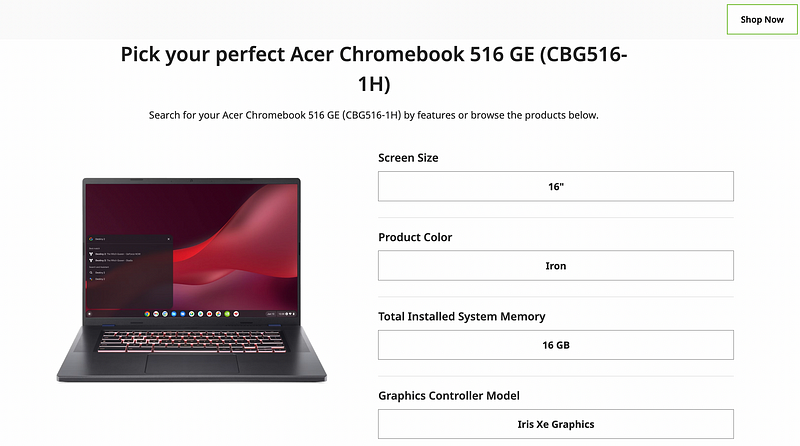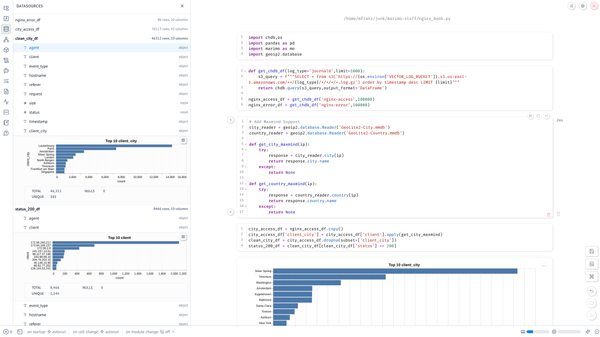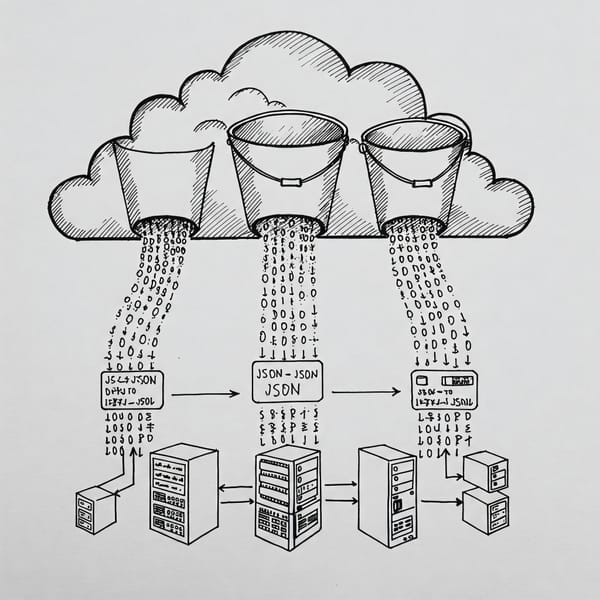My week with a Corporate Gaming ChromeBook: the Good, the Bad, and the Ugly!
Between Thanksgiving and Christmas last year, I took a trip up I-83 to the Best Buy in York PA and bought an Acer 516 GE “Gaming…

Between Thanksgiving and Christmas last year, I took a trip up I-83 to the Best Buy in York PA and bought an Acer 516 GE “Gaming ChromeBook” because my trusty old HP x360 ChromeBook was starting to show it’s age. Well, and also I needed an excuse to get offline given all the M&A and layoff fun I was dealing with if you’ve followed me on LinkedIn during that period.
My last Acer was a c720 that I have previously blogged about running Ubuntu on back on 2016 and containers in 2019 and my family owned multiple Dell ChromeBooks which held up over the years.
I never bothered with any of the Nvidia gaming and the 16" Acer was a little bigger than I like for a laptop, but the massive bright display and the modern i5 with 8Gb of RAM screams, even compiling or running Docker under virtualization.
But honestly it was probably the full-size HDMI port that really sold me since I believe USB-C is a globalist conspiracy. (Not really, but I hate USB-C video. But that is not what this blog is a about.)
Why you need a secure backup Laptop
A couple of weeks ago my brand-new M3 MacBook Pro 14" started flaking out for what turned out to be bad memory — which of course required the laptop to be shipped from the Apple store.
Since I alway travel with two laptops, I had already created a backup user with dedicated Gmail account on my ChromeBook, so I already had a minimum work setup with Office 365 that I was ready to go.
This approach obviously works in Google shops unless your IT Admins prevent ChromeOS devices from logging into to Google Workspaces, but I won’t go there because in my cause I wasn’t usuing a company account, just the Gmail account I use on my Mac that is dedicated.
I do not use any personal accounts on any company equipment. Why not? Working in CorpSec for a few years, I saw things. Users that synced things to their work laptops that they didn’t mean to. Then of course there are the security risks to the corporate environment from using anything person on a company devices. So I don’t.
(I also know and have used the DLP and EDR tools that security teams install you should assume that SecOps is watching. Because they are — and should be.)
But does that mean you have to have a separate physical device you only use for work? Of course not.
That is where ChromeOS security and crosvm comes in.
The Good
For the most part I’ve been able to keep working with the same level of productivity. I was able to restore some key files from secure backups and keep moving. I was able to SSH into VMs in AWS, use our web password safe. I installed some Remnux tools using Docker. I did some very light Python coding. I attended (and led) the daily standups with over Teams. I edited and created Word and Excel docs and use most of the normal WebUI without issue. I create PWA for Mattermost and Outlook which made navigation a little easier. (Slack doesn’t work for some reason, not sure why!)
I’m definitely looking forward to returning to my MacBook Pro when it comes back, but I got buy, but it hasn’t been perfect — and it wasn’t because I could run certain apps and the usual excuses folks make about ChromeBooks.
The Bad
I have progressive lenses so the screen resolution is pretty fine and it is nearly impossible to see the cursor sometimes, so I increase the pointer size and set the color to something ugly (like yellow or red.) This is results in poor accuracy with the pointer.
While teams is decent and I had no issues with performance for video calls, screen sharing is obnoxious. Once you’ve used Zoom on a Mac using Teams (or Google Meet) with Chrome drives me crazy. I forget which tab I’m in. I keep asking the folks I work with, “Can you see my screen?”
Speaking of zooming, I also find the font resolution annoying on the external monitor and no amount of adjustment makes it right.
The latest native Teams client for MacOS on an M3 Pro is quite nice and I can’t wait to get back.
The Ugly
Previously, I really didn’t use my the Acer ChromeBook for more than a few hours, since I have the annoying habit of switching devices between my HP x360, Linux Desktop running Ubuntu, and my MacBook Air M1, so I readly hadn’t use it for 8–10 hours a day.
For the first time, I encountered video issues with the external display. I couldn’t move my pointer between desktops. I also had a Crostini hang today for the first time. It wasn’t a huge deal and a reboot quickly solved it and the VM start extremely fast compared to my other ChromeBooks something is off.
Other Nits I Knew About
Unlike my HP x360, the Acer lacks a fingerprint unlock, so you have to use a pin or a password. This is really something that I wish they would have added on the device. I also find the touchpad on the Acer a little bit less responsive than my other ChromeBooks and obviously not nearly as responsive as my Macs.



